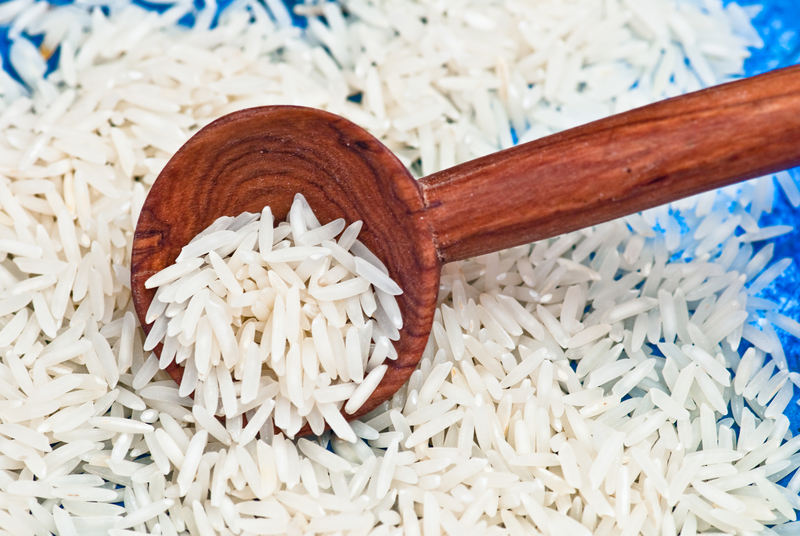Rice is typically grown in Eastern countries so we automatically believe that it's not possible for it to be grown in the Americas. However, with some adjustments, rice can actually be grown in different climates and locations. Learn how to grow in on your property for an additional source of calories, nutrition and income:
While rice is typically thought of as a tropical plant, there are actually two sub-species, one of which is hardy in cold climates. Long-grain rice varieties such as jasmine or basmati can only be grown in warm southern regions.
Cold-climate rice strains thrive where average summer temperatures are as low as 68 degrees, though it’s ideal is 68 to 86 degrees. Still, farmers in areas where the average summer temperatures only hits the low 60s are having some success and harvesting adequate crops, even in the northernmost parts of New England.
A few cold-climate adaptations have been developed. Rice is soaked to stimulate germination before being started in greenhouse flats well before the last frost date. At four weeks before the last frost, the rice is transplanted outside into paddies. Water levels are kept high during times of increased frost risk.
While rice is grown semi-submerged in patties, it cannot be successfully grown in wetlands. The water level needs to be carefully controlled. The ideal soil is poorly drained, but not an actual wetland.
Before the water gets to the paddy, it flows through a series of warming ponds that are shallow, dark bottomed and exposed to the sun.
Quarter-Acre Patch Equals 1,000 Pounds Of Rice
Rice grown in marginal poorly drained agricultural soils that currently grow second-class hay can yield as much as two tons per acre.
For harvest, the rice is cut and bundled by hand, and then threshed against logs to dislodge the grains.
Rice paddies also can be beneficial in other ways, by preventing flooding and managing runoff.
Ducks are often incorporated into rice paddies to increase yields. Ducks cannot consume rice or rice plants because they have too much silica for the ducks to digest. Ducks can, however, consume insects that infest the rice and weeds.
Ducks tend to fare better than chickens in cold climates.
If you want to grow rice on your land, try starting with a series of plants in 5-gallon buckets.
Have you ever grown your own rice? What tips do you have for beginners or for those who live in colder climates?
Article Source: Off The Grid News

I love to share some of these articles and also collect them. The pdf/printer friendly is useless when you have the pages all separated, you get a pdf of one page out of several. would be nice it it actually pdf’d the whole article. Thanks